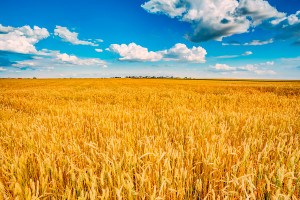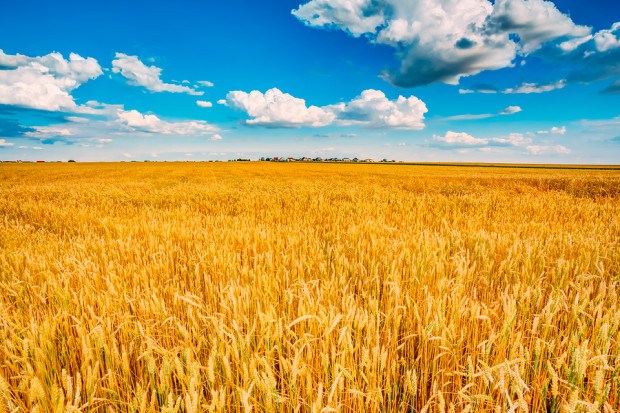 Crop insurance was once a sector full of smaller players, but an M&A-driven push for efficiency and scale has left it dominated by fewer and larger carriers, and Conning predicts a continuation of the trend.
Crop insurance was once a sector full of smaller players, but an M&A-driven push for efficiency and scale has left it dominated by fewer and larger carriers, and Conning predicts a continuation of the trend.
“We expect continued M&A activity in the crop insurance sector due to primary companies’ need for expense efficiencies and reinsurers’ increasing difficulty accessing crop premium through the quota share market,” Conning said in its report: “Crop Insurance – New Markets, New Realities.”
The Conning report noted that there were nine M&A transactions involving crop insurance over the last three years alone, and that the level of activity has left corporate owners a dominating force. This activity has taken place as some players have retreated from the sector due to years of losses and others sought to get out of the market entirely.
“The high degree of M&A activity in the sector has shifted ownership toward large corporate customers, which accounted for 93 percent of premiums in 2016,” Conning said. Among the bigger crop insurance M&A transactions over the last few years:
- Deere & Co. sold its crop insurance segment to Farmers Mutual Hail in 2014.
- In 2015, OneBeacon Insurance Group sold its exclusive managing general agency to AmTrust Financial Services. As part of that deal, it transferred its existing crop insurance business to AmTrust, including policyholder servicing.
- Also in 2015, Cargill sold its crop insurance unit to Silveus Insurance Group, an Indiana company known for proprietary software that helps farmers manage risk and analyze insurance operations.
- Aspen Insurance Holdings bought AgriLogic Insurance Services, a Kansas-based crop insurer and agriculture consultant.
- Zurich Insurance Group bought Wells Fargo’s Rural Community Insurance Services, one of the largest U.S. crop insurers.
- Hub International recently agreed to buy up the assets of Wells Fargo Insurance’s crop insurance broker business.
Conning said the line faces continued challenges including a low commodity price environment, which puts downward pressure on industry premium. Crop insurance challenges also include private products profitability (there is a federal program too, which Congress has revamped twice since 2008) and longer-term concerns from climate change.
Conning argued that the market remains quite competitive, a reality encouraging companies to employ “multiyear strategies to increase rates and redesign products to improve profitability.” The firm added that the sector remains “highly sought after,” due, in part, to large premium volumes, its low consumption of capital and “low correlation to other perils.”
M&A activity will help remaining crop insurers boost scale and become more efficient, and Conning added insurance-linked securities and other alternative capital could shape the market for the better. Consolidation that has drastically changed the way the crop insurance market looks and operates.
“One of the factors driving M&A has been acquisitions of primary crop insurers by reinsurers of the risk to ensure continued access to the risk class,” Conning said. “As a result, the ownership profile of the crop insurers and the amount of premium flowing to the reinsurance markets have changed dramatically. The ownership base of the larger crop insurers appears quite stable, and these owners do not have a need for quota share support.”
Source: Conning





















 Is the AI Boom a Bubble Waiting to Pop? Here’s What History Says
Is the AI Boom a Bubble Waiting to Pop? Here’s What History Says  Executives on the Move at Liberty Mutual, Cowbell, W. R. Berkley
Executives on the Move at Liberty Mutual, Cowbell, W. R. Berkley  Slideshow: Carrier Management’s 2025 Top Editor’s Picks (Unlocked)
Slideshow: Carrier Management’s 2025 Top Editor’s Picks (Unlocked)  Breaking: Andersen to Replace Zaffino as CEO of AIG on June 1
Breaking: Andersen to Replace Zaffino as CEO of AIG on June 1 







